Definition
Interstitial cystitis or bladder pain syndrome (IC/BPS), the lining of the bladder is constantly irritated, causing pain during urination and urinary frequency. It is not certain why individuals have IC/BPS, but it is thought to be due to chronic inflammation of the bladder, possibly from defects in the inside wall of the bladder. It may also be partly an autoimmune disorder, in which the body makes substances that attack the lining of the bladder.
History of Interstitial Cystitis
- Philadelphia surgeon Joseph Parrish published the earliest record of interstitial cystitis in 1836 describing three cases of severe lower urinary tract symptoms without the presence of a bladder stone.
- The term “interstitial cystitis” was coined by Dr. Alexander Skene in 1887 to describe the disease. In 2002, the United States amended the Social Security Act to include interstitial cystitis as a disability.
- The first guideline for diagnosis and treatment of interstitial cystitis is released by a Japanese research team in 2009.
- The American Urological Association released the first American clinical practice guideline for diagnosing and treating IC/BPS in 2011.
Epidemiology
Current studies estimate that 2.7% to 6.5% of women in the United States have symptoms consistent with a diagnosis of interstitial cystitis/bladder pain syndrome (IC/BPS). PBS/IC is more common in women, with a female/male ratio that ranges from 5:1 to 10:1 and the Median age at diagnosis is 42 to 46 yr old whereas men are diagnosed at a younger age. According to DelveInsight, the number of Incident Probable IC cases in 7 major markets is expected to reach 1,97,086 cases in 2023. The report is built using data and information sourced from proprietary databases, primary and secondary research and in-house Forecast model analysis by Publisher team of industry experts.
Types of Interstitial Cystitis
Currently, there are two recognized subtypes of IC: non-ulcerative and ulcerative.
Non-ulcerative: 90% of IC patients have the non-ulcerative form of IC. Non-ulcerative IC presents with pinpoint hemorrhages, also known as glomerulations, in the bladder wall. However, these are not specific for IC and any inflammation of the bladder can give that appearance.
Ulcerative: 5 to 10% of IC patients have the ulcerative form of IC. These patients usually have Hunner’s ulcers or patches, which are red, bleeding areas on the bladder wall.
Risk factors
Certain risk factors are believed to lead to the development of Interstitial Cystitis. These include:
- Damage to the bladder from a previous surgery
- A distending bladder, which may occur when one regularly refrains from emptying the bladder
- Spinal cord damage
- Inflammation or sensitivity of the pelvic nerves
- Bacterial infection of the bladder
- Debilitated pelvic floor muscles due to old age. This results in improper functioning of the urinary bladder
- Autoimmune disorders such as systemic lupus erythematosus (SLE)
The above-mentioned risk factors are not direct causes, but they can cause irritation to the bladder, which can lead to the onset of Interstitial Cystitis.
Causes of Interstitial Cystitis
The cause of interstitial cystitis is unclear, but some theories suggest that it may be a result of:
- A defect in the bladder
- An autoimmune condition where the body’s immune system attacks the bladder
- A substance in the urine that damages the bladder
Some researchers believe that interstitial cystitis may be caused by infection, allergies or that it may be a hereditary condition.
Symptoms
Symptoms of IC include the following:
- Abdominal or pelvic discomfort
- Pain, pressure, and/or discomfort coming from the bladder
- Having to urinate frequently
- Passing only a small amount of urine
- The pressure in the abdomen and/or pelvis
- In men, discomfort in the penis and/or scrotum
- Lower abdominal pain that gets worse as the bladder fills
- Pain during sexual intercourse
Cystoscopic finding in an interstitial cystitis patient
Complications of Interstitial Cystitis
Interstitial cystitis can result in a number of complications, including:
Reduced bladder capacity: Interstitial cystitis can cause stiffening of the bladder wall, which allows your bladder to hold less urine.
Lower quality of life: Frequent urination and pain may interfere with social activities, work and other activities of daily life.
Sexual intimacy problems: Frequent urination and pain may strain your personal relationships, and sexual intimacy may suffer.
Emotional troubles: The chronic pain and interrupted sleep associated with interstitial cystitis may cause emotional stress and can lead to depression.
Diagnosis and test
There is no single test that diagnoses IC, rather it is often a process of ruling other conditions or infections, such as urinary tract infections, an overactive bladder, bladder stones, bladder cancer, a sexually transmitted infection, endometriosis (in women), and BPH (in men).
The tests or procedures that may be performed to diagnose IC (i.e. rule out the above) include:
Urinary culture samples to test for infection in the urine
Cystoscopy – a procedure where a thin tube with a camera is inserted into the urethra to view the bladder
Bladder hydrodistension – where the bladder is stretched with a sterile fluid using a cystoscope
Biopsy – where a small piece of the bladder is cut out using a cystoscope for further analysis.
Treatment and medications
There is no single known effective treatment. It may take some time to find the right combination of treatments for you.
Medication options include
Pain medications: These may be used for a short time to help ease discomfort.
Antispasmodic medications: These may help relax the bladder muscles. This may decrease the need to urinate.
Nonsteroidal anti-inflammatory drugs (NSAIDs): These may help reduce inflammation and ease pain.
Antihistamines: These may help reduce inflammation and ease pain.
Antidepressants: In low doses, these may block pain and help ease symptoms.
Pentosan polysulfate sodium (Elmiron) and similar medications: These can restore the bladder lining.
Bladder instillation: In some cases, medication may be flushed directly into the bladder using a catheter.
Other treatments may include
Biofeedback: Biofeedback uses sensors placed on your abdomen to allow you to see signals given off by your bladder muscles. This may help you control your bladder muscles and reduce symptoms.
Electrical stimulation: Electrical signals may help block nerve sensations to and from the bladder. This may improve blood flow and strengthen pelvic muscles. This is sometimes called TENS.
Surgery: For severe cases, surgery may be recommended.
Prevention of Interstitial Cystitis
Interstitial Cystitis may not be preventable; however, the symptom severity may be reduced with certain lifestyle changes:
- Worsening symptoms of Interstitial Cystitis may be prevented through a diet that limits or eliminates alcohol, chocolate, caffeine, tomatoes, spices, and citrus foods
- Quitting smoking can also help prevent the worsening of symptoms; moreover, smoking can also lead to bladder cancer
 Diseases Treatments Dictionary This is complete solution to read all diseases treatments Which covers Prevention, Causes, Symptoms, Medical Terms, Drugs, Prescription, Natural Remedies with cures and Treatments. Most of the common diseases were listed in names, split with categories.
Diseases Treatments Dictionary This is complete solution to read all diseases treatments Which covers Prevention, Causes, Symptoms, Medical Terms, Drugs, Prescription, Natural Remedies with cures and Treatments. Most of the common diseases were listed in names, split with categories.

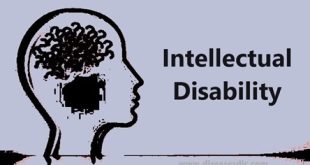
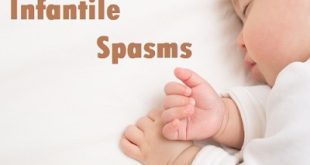
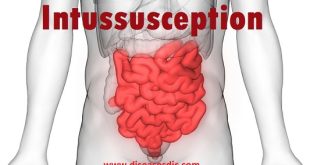
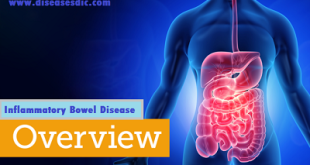
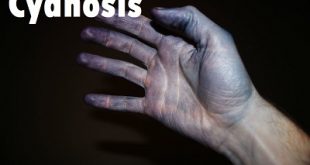
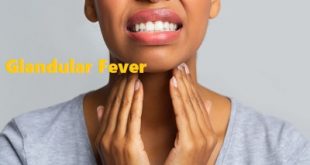

I suffered with IC symptoms for 6 yrs before finally going to a urologist. My younger sister had this disease young in life and was subjected to terrible treatments and bladder stretching that left her forever internally scarred. My urolouist said take 4 tiny ALOE VERA gels and prepare to join life again. IT WORKED WONDERS. No more multiple trips during the night, no more tiny trickles. Bless him.